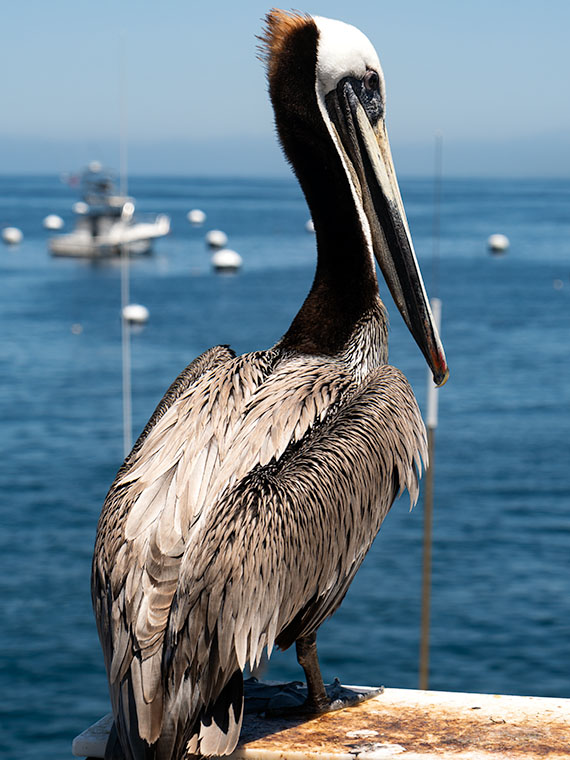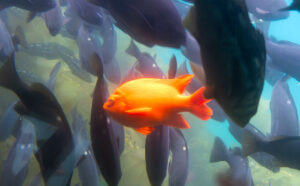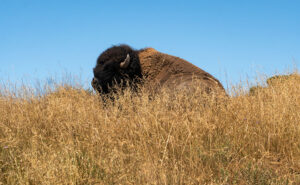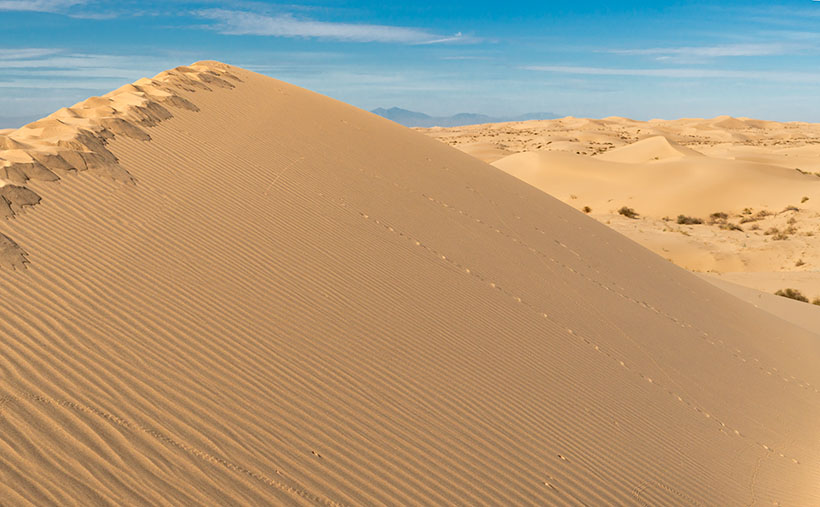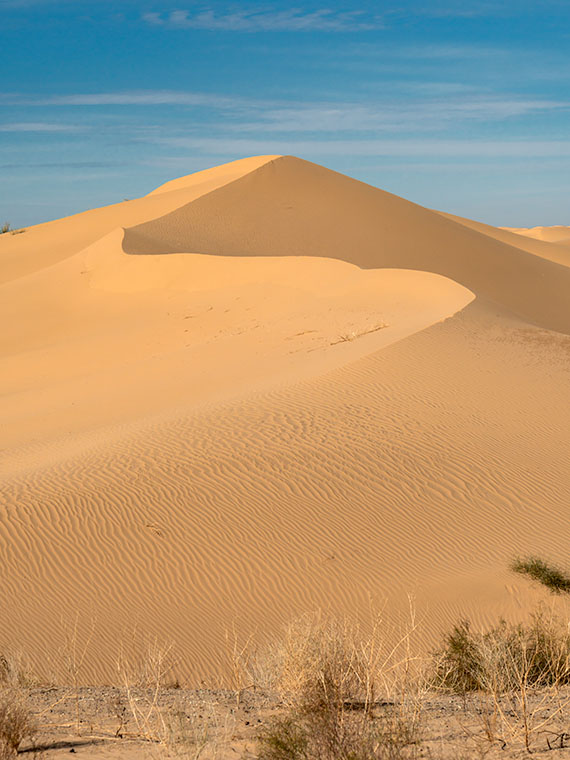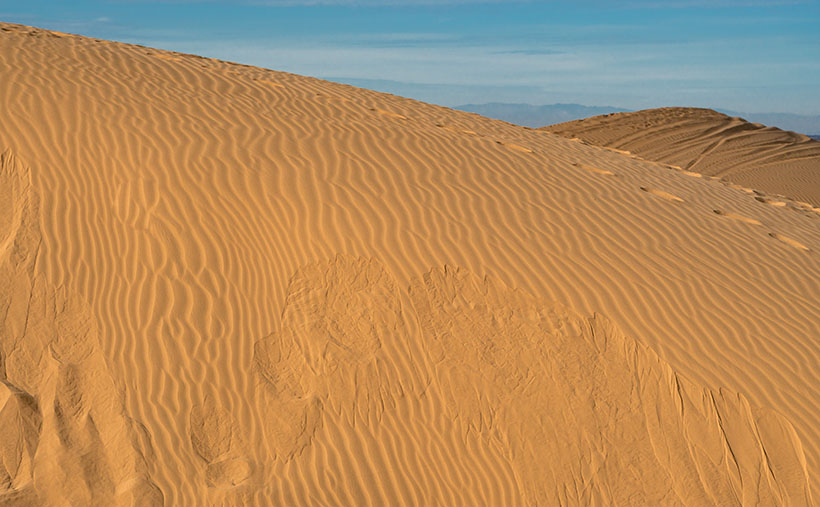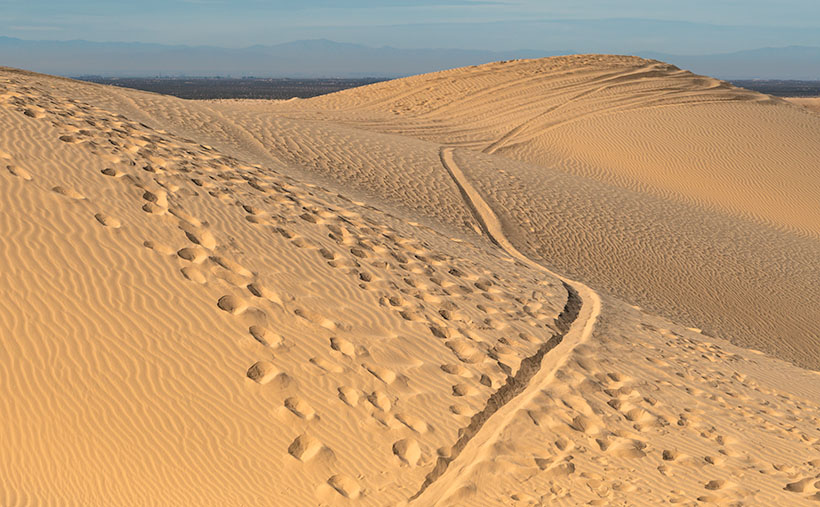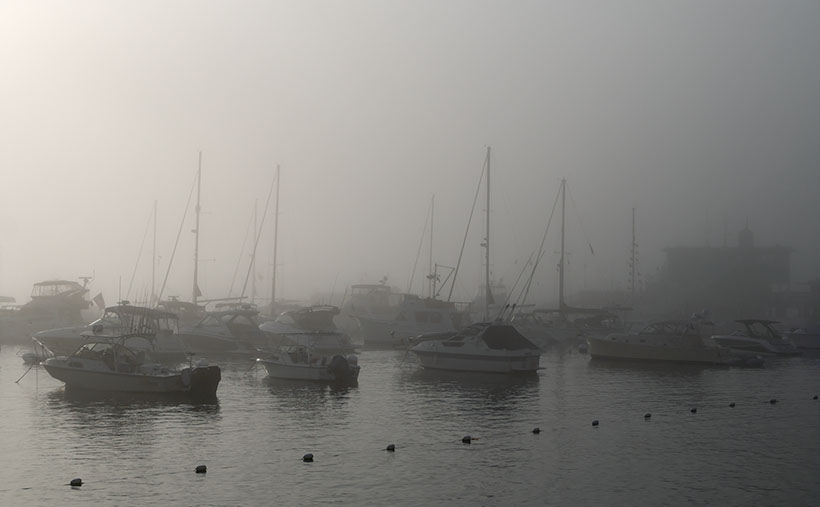
Do you have a bucket list? If you don’t know what I’m talking about, it’s a list of things you’d like to see or do before you die. The concept existed before Rob Reiner’s 2007 movie The Bucket List (starring Jack Nicholson, Morgan Freeman, Sean Hayes, and Beverly Todd), but maybe the film made this type of to-do list more widespread.
As I wrote at the beginning of this month’s project, we chose to go to Catalina because the island was on Queen Anne’s list. She’s bugged me for years about going. We had a lot of fun, so I’m happy we went. However, more adventures remain on her list, including seeing the Northern Lights (she claims that she’d settle for the Southern Lights, but I’m not sure that’s the truth). Anne is always showing me deals on Iceland tours from Travel Zoo. The hitch is that the best time to see the lights is in the middle of the night in winter. I can’t imagine dragging her from a warm bed into the freezing night.
I’ve never honestly compiled my bucket list. I married a wonderful woman; what more do I need? Besides, if I had such a list, I’d be afraid she’d kill me if I finished it. She’d say, “You’ve had your fun; now it’s time for you to go.” That’s why we’ll never own a chest freezer.
After we returned from Avalon, Anne asked several times if there was something that I wanted to see or do. I’ve been thinking about it since. In my late fifties, I realized that I was never destined to be rich or famous, so dreaming of yachts, private airplanes, or exotic cars was a waste of my time. With that burden gone, I’ve had time to learn about the poor slob I am. Over the last couple of decades, I’ve winnowed my hobbies so that I can concentrate on photography. Since I retired seven years ago, I no longer call myself a designer or computer programmer. Now I’m a photographer, and I’m happy about that.
On the other hand, one goal that has eluded me involves fishing. Since my ex-brother-in-law introduced me to trout fishing, I’ve always dreamed of landing a fish over ten pounds. During our 2016 Alaska trip, I had my best (and last?) chance of accomplishing that goal because Fred and I were going after salmon. My best catch that summer was the nice silver salmon I landed on a fly. It was eight pounds. Close, but not cigar worthy.
I haven’t been on the water since, and I put that lunker idea out of my mind—until we got home from Catalina. When we researched adventures to fill out our week, I came across fishing charters, specifically fishing for tuna. I discarded the idea because this trip was to celebrate our anniversary, and leaving Anne alone in a sailor bar while I was out all day on a stinky fishing boat didn’t seem right. But sailing out into the open waters off Catalina’s west coast intrigued me. I prefer a nice piece of tuna over steak; they come in large packages. So, I started my first bucket list. Next, I have to research the best season and place to hire a boat—like the ones you in this week’s picture.
One morning in Avalon, I woke up and left to take pictures. When I went outside, I found dense fog. I might as well be in London. Since I’m used to the clear desert air, this was both a challenge and a treat. I ran around town, reshooting everything I had done over the past days but in the fog. I wanted to show the weather but still have a subject identifiable. This week’s image, which I call Harbor Fog, is the one that worked best. It was taken on the harbor’s north side looking south. I like how the morning sun tries to burn through the low clouds, how the boats fade in the distance and the faint hint of the pier buildings in the right background. What do you think—did I get it right, or should I stick to the desert? You can see the larger version of Harbor Fog on his Web Page by clicking here. Come back next week to see another side of Avalon.
Till Next Time
jw

